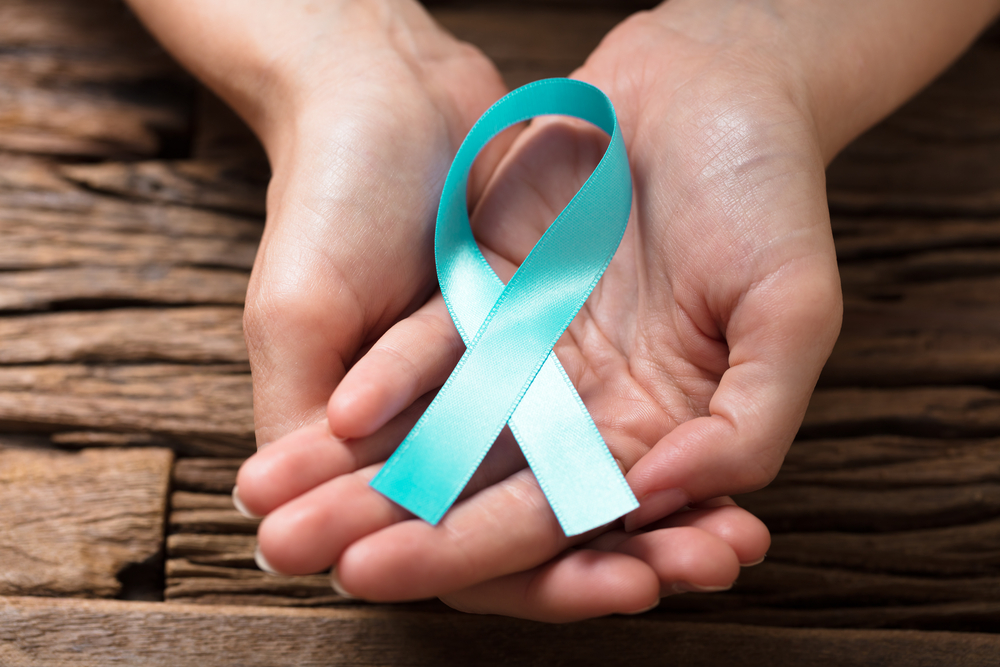
April is Sexual Assault Awareness Month, otherwise known as SAAM. During this month, people across the United States raise awareness about sexual violence, how to prevent it, and how to support those who are affected by it.
Sexual Violence Affects Millions of Americans
On average, there are 763,634 victims (age 12 or older) of rape and sexual assault each year in the United States.
And millions of women in the United States have experienced rape. As of 2018, an estimated 22.7 million American women had been victims of attempted or completed rape.
Young women are especially at risk.
82% of all juvenile victims are female. 90% of adult rape victims are female.
- Females ages 16-19 are 4 times more likely than the general population to be victims of rape, attempted rape, or sexual assault.
- Women ages 18-24 who are college students are 3 times more likely than women in general to experience sexual violence.
Men and Boys Are Also Affected by Sexual Violence
Male college students ages 18-24 are five times more likely than non-students of the same age to experience sexual violence.
Millions of men in the United States have been victims of rape. As of 2018, 5.78 million men in the U.S. had been victims of attempted or completed rape. 1 out of every 10 rape victims are male.
Native Americans Are at the Greatest Risk of Sexual Violence
On average, American Indians ages 12 and older experience 8,900 sexual assaults per year.
American Indians are twice as likely to experience a rape/sexual assault compared to all races. 41% of sexual assaults against American Indians are committed by a stranger; 34% by an acquaintance; and 25% by an intimate or family member.
There is help available.
National Sexual Assault Telephone Hotline 800.656.HOPE (4673).
The National Sexual Assault Hotline is a safe, confidential service. When you call the hotline, only the first six numbers of the phone number are used to route the call, and your complete phone number is never stored in their system. Most states do have laws that require local staff to contact authorities in certain situations, like if there is a child or vulnerable adult who is in danger.
Statistics provided by: Department of Justice, Office of Justice Programs, Bureau of Justice Statistics, National Crime Victimization Survey, 2019 (2020)

